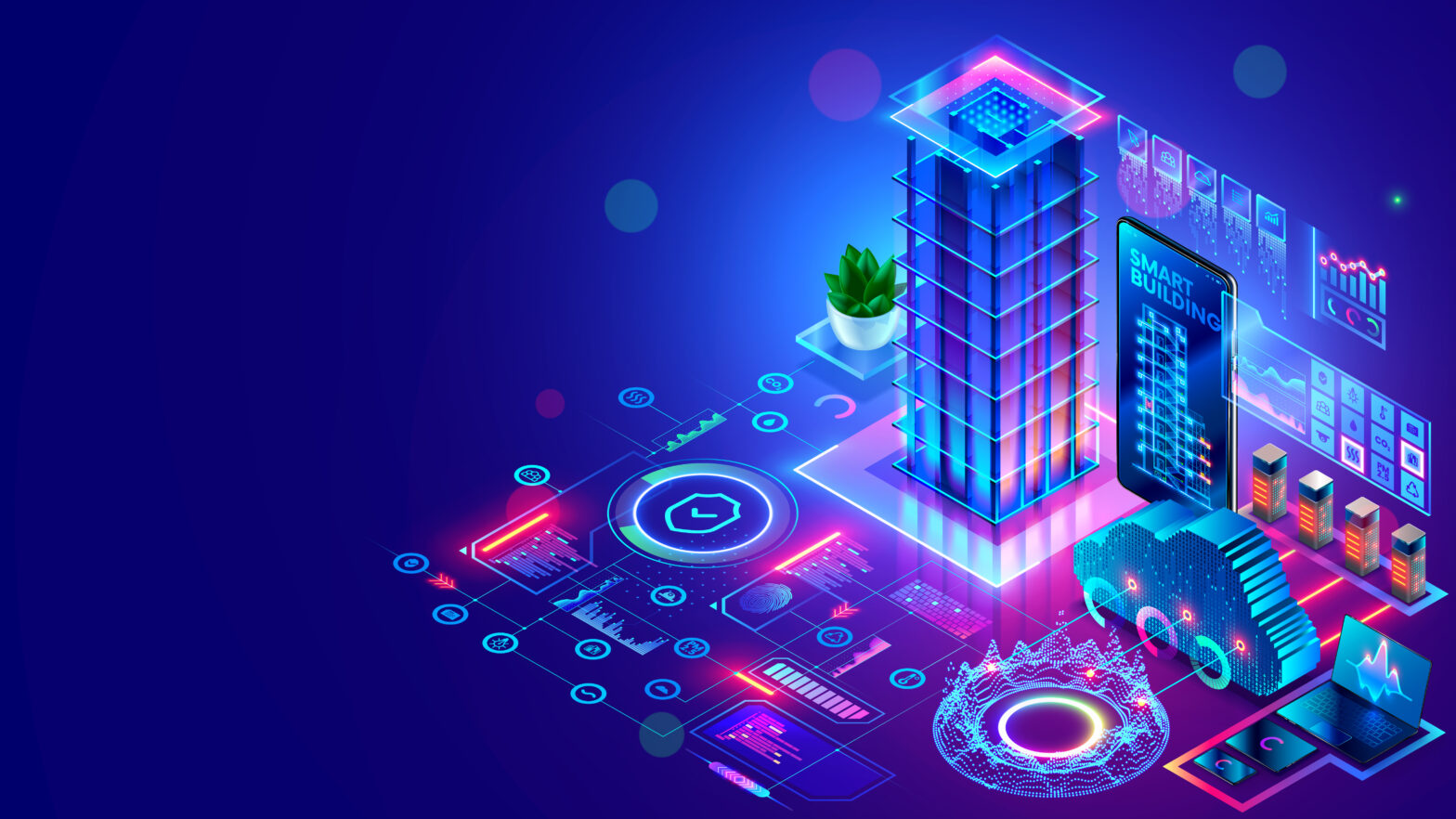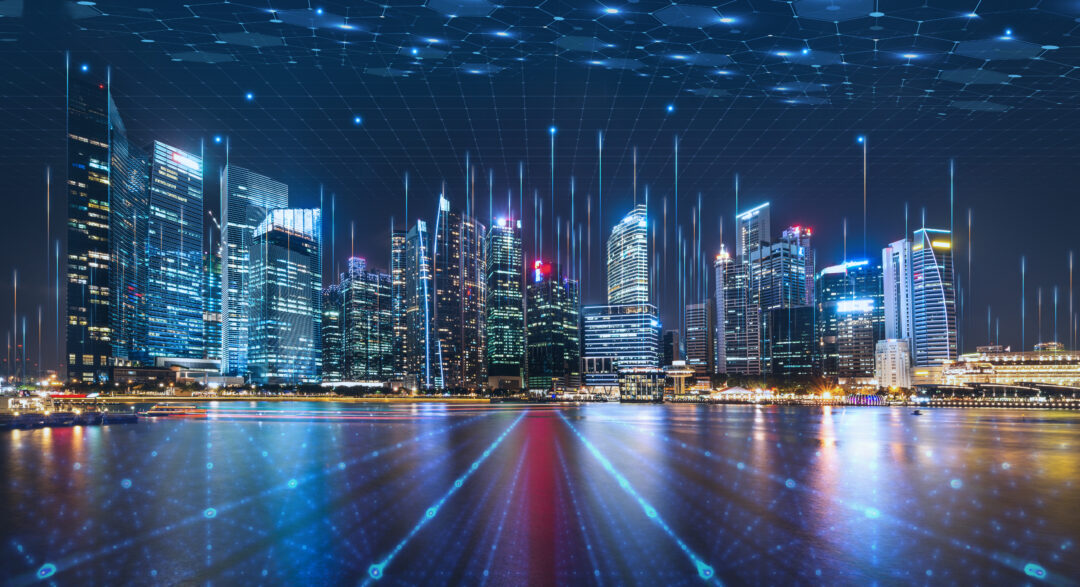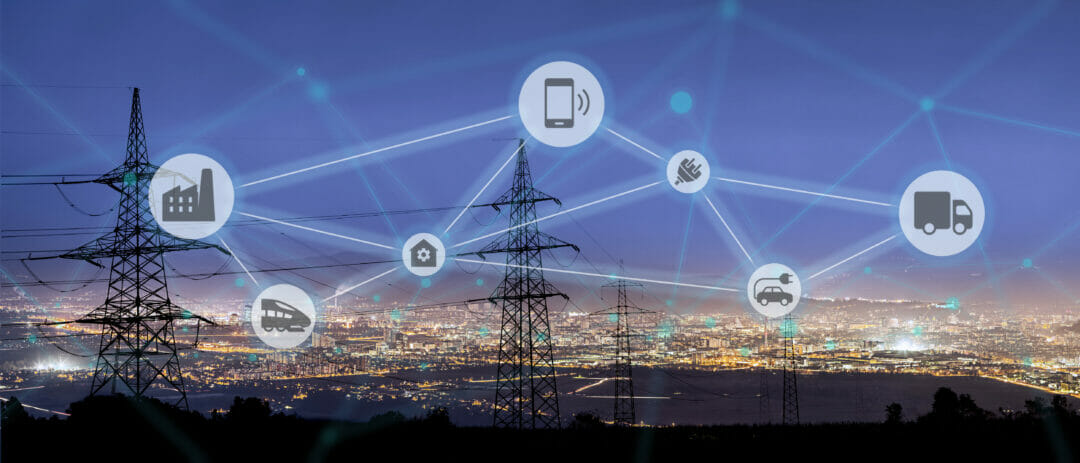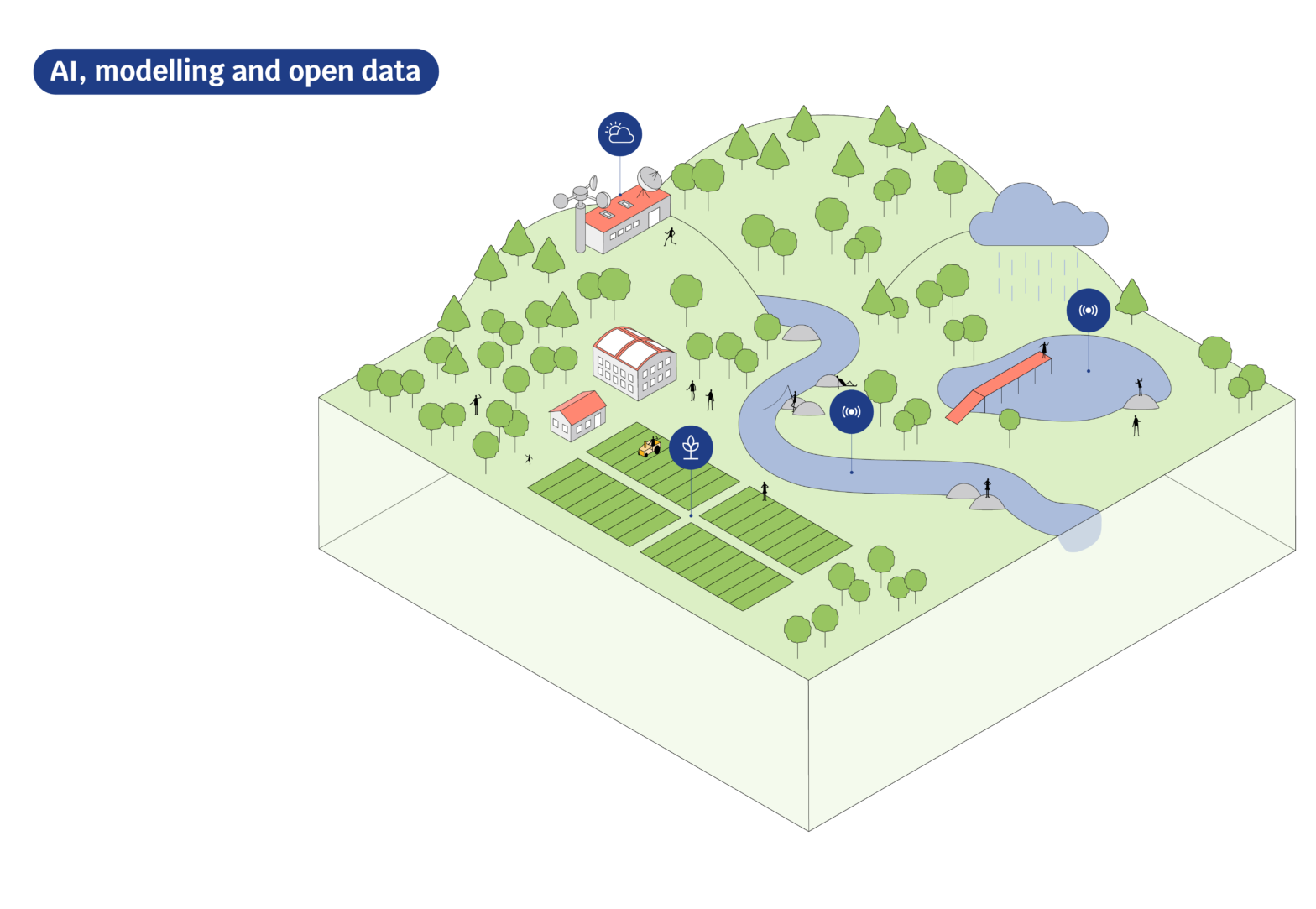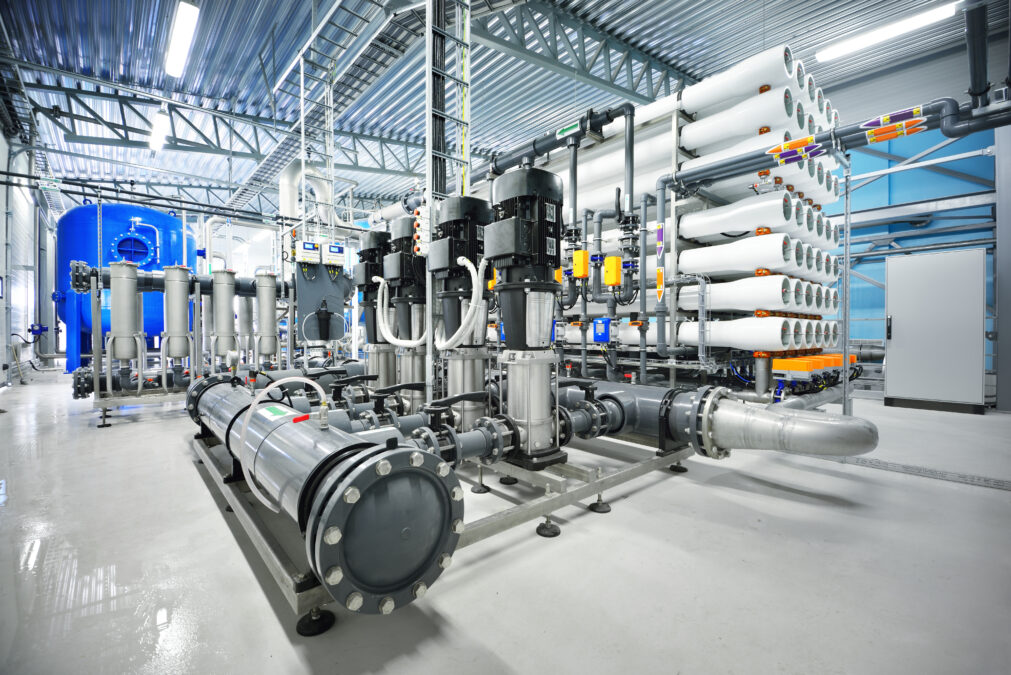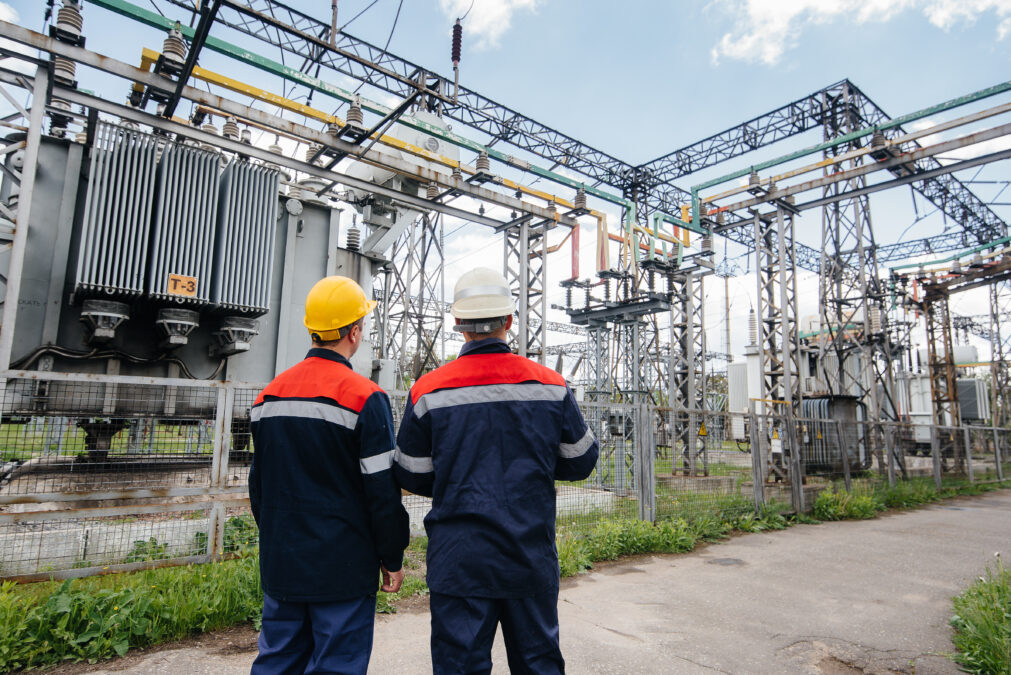Every business is under pressure to hit ESG targets, and that includes reducing its carbon footprint. One way to do this to have a smart office. But a smart office can do more than save you money, says David Adams, it can improve productivity too
During the next few years, almost every business will be urged by employees, customers and policymakers to reduce carbon emissions and other harmful environment impacts. But even without that pressure, the ever-rising cost of energy should be enough motivation. The best way to create more sustainable workplaces is through use of energy saving and other environmentally friendly working practices – and through smart office technologies, which can reduce emissions and pollution, increase operational efficiency and productivity – and cut costs.
“A clear case is related to investment,” says Carlo Ratti, Professor of Urban Technologies at the Massachusetts Institute of Technology (MIT). “Capex to reduce energy consumption usually has a high ROR.
“However, I think that there is a more important case to be made,” continues Ratti, who is an award-winning architect of some of the world’s most innovative and sustainable office buildings. “A sustainably redesigned office building can go a long way in terms of people productivity – and it is one of the primary tools a company can use in its battle for talent.”
‘In the future, rush hour – with all its unsustainable waste of energy resources and human time – could be a thing of the past’
Professor Carlo Ratti of Massachusetts Institute of Technology
Inside the smart office
Major corporations can build extraordinarily efficient new buildings incorporating many of these technologies, but there are many other solutions which could help much smaller businesses too.
A growing number of office buildings now have an effective Building Management System (BMS). Ideally this will be combined with energy generation and storage and water management systems, which can deliver huge cost, resource and emissions savings, but a good BMS is a good start. It can optimise energy use through smart lighting and temperature systems, controlled by software which draws information from Internet of Things (IoT) or Radio Frequency Identification (RFID) sensors throughout the building. Energy and cost savings are also improved by smart LED lighting, controlled by sensors that ensure it is only used as and when needed.
Providers of BMS and related solutions include Smarter Technologies, which uses RFID sensors to monitor energy and water use, temperature, humidity, air quality, room or desk occupancy and even whether bins need emptying. SP Digital’s GET Control system offers IoT and AI-based temperature control, dividing open plan offices into microzones, through which air flow is regulated based on occupancy and both conditions inside and ambient weather conditions outside the building. The system can be integrated with any BMS and retrofitted alongside many existing Heating, Ventilation and Cooling (HVAC) systems. Johnson Controls is among BMS vendors offering air quality monitoring, via its OpenBlue Indoor Quality as a Service.
Space booking and management systems
IoT and RFID sensors also drive space management systems, by relaying information about occupancy, lighting and HVAC settings. Data created via all these processes can then be analysed by the employer to inform resource and space planning. Some systems can also incorporate tracking of individual employees’ locations. That may sound a little bit Big Brother, but it can help improve productivity in some circumstances, particularly for organisations using hybrid working.
Haltian has developed a concept called the Empathic Building, combining room and desk booking with space use and employee location analytics. Information is relayed into the system by passive infrared sensors in rooms, areas and desks; and employees can wear Bluetooth-enabled tags that show their location to other system users.
“It means you can solve little daily problems, like, ‘Where is my colleague?’ and ‘Where can I hold my ad hoc meeting?’” says Ken Dooley, chief product officer for Empathic Buildings for Offices at Haltian and professor of practice in smart buildings at Aalto University. “I can even check the length of the lunch queue.” Organisations can start by deploying sensors in a few meeting rooms to assess the benefits, before adding more sensors to create a more comprehensive system.
Netherlands-based smart office/workplace analytics solutions provider GoBright also enables employees to book desks, meeting rooms and other spaces, with IoT sensors enabling real time monitoring of space. GoBright commercial director Chris Wiegeraad reports an upsurge of interest as organisations have tried to adapt to more widespread hybrid working practice, using the platform to offer current and prospective employees “power over the structure of their working lives”.
London-based solution vendor Smart Spaces offers IoT sensor and app-based control and analysis of multiple building functions, including access control, as well as energy use, lighting, HVAC and air quality. Director Matt O’Halloran explains that the system can also be integrated with HR systems, so on-boarding processes and building access privileges can all be controlled via the same app – and withdrawn if employees leave the business.
Beyond the smart office
The other smart office technologies that can help reduce costs and carbon emissions are those that enhance collaboration between employees, whether or not they are in the office.
Most office workers are now familiar with Zoom, Microsoft Teams and Google videoconferencing. But there are less well-known alternatives worth considering, including RingCentral, which combines telephony and videoconferencing with team messaging and can be integrated with Microsoft 365, Google Workspace and other apps including Slack and Salesforce.
Among collaboration tools, Microsoft 365 and Google Workspace are well-known and offer many applications and capabilities. Slack is also valued by many users as a flexible messaging and task management tool, which can also be integrated with other technologies, like the Google suite.
Trello is a deservedly popular collaboration and project management tool that can also be integrated with other solutions including Google apps and Slack. Another option that may be less familiar is the project and workflow management tools offered by Monday.com, which can be integrated with other solutions including Slack, Trello and Google.
All these technologies are enabling employers and their employees to effectively reinvent the nature of the workplace. Carlo Ratti thinks the changes they are bringing to offices all over the world, via trends accelerated by the Covid-19 pandemic, will have far-reaching consequences.
“Covid-19 has wrought changes to work patterns that were inconceivable only a few years ago,” he says. “Today people work on a staggered basis, using the office at different times to avoid overcrowding. In the future, rush hour – with all its unsustainable waste of energy resources and human time – could be a thing of the past.”
So, along with the huge energy savings they can generate inside the workplace, smart office technologies may yet help to change the world outside the office walls.
More on sustainability
Trends in data centre sustainability – The power-hungry data centre industry has pledged to go net-zero by 2030. We talk to data centre designers and operators about the latest trends in data centre sustainability
Five UK tech for good examples – Here are five key examples of how organisations across the UK are using tech for good, by reducing environmental impact and improving sustainability




